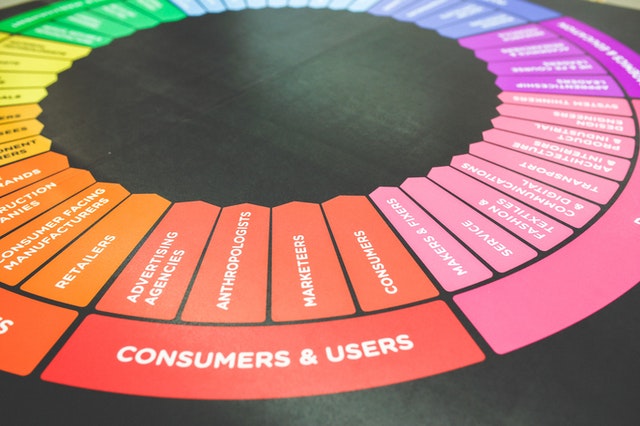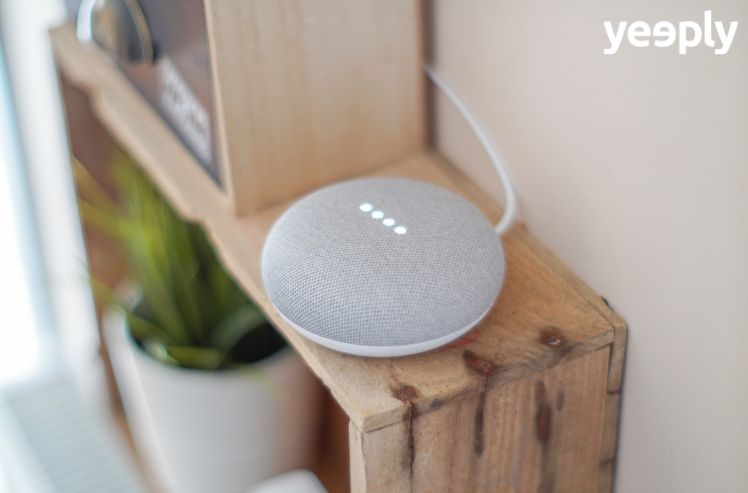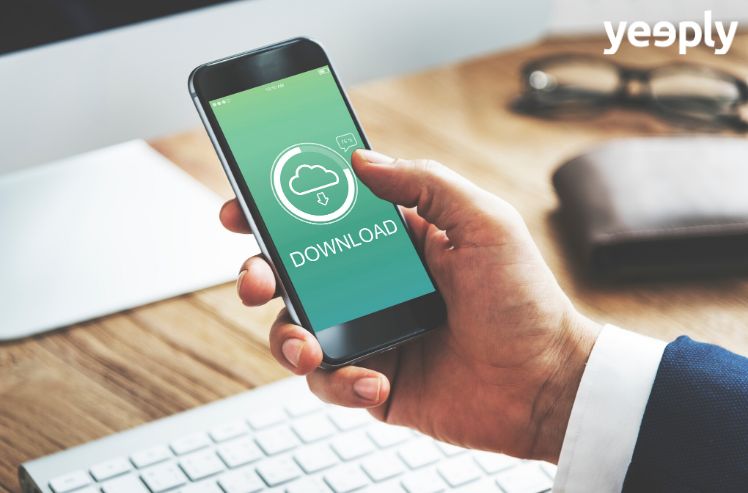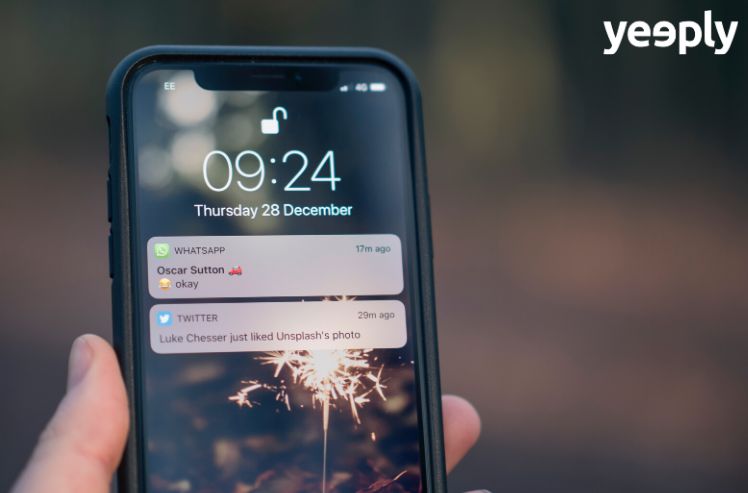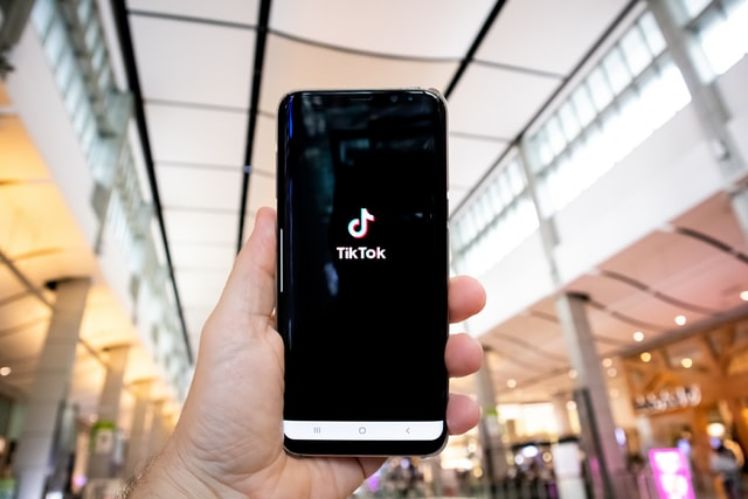To create a seamless user experience, multiple channels are needed, but they will not offer complete accessibility unless they are connected to each other in a proper omnichannel strategy.
Approximately 73% of consumers use multiple channels in their purchases, so offering a good user experience is fundamental, and to achieve this, the omnichannel strategy will be a great ally.
Index
- What is an omnichannel strategy?
- The advantages of an omnichannel strategy
- How to implement an omnichannel strategy
- 3 examples of brands with an excellent omnichannel strategy
What is an omnichannel strategy?
Omni-channel marketing focuses on the overall customer experience, not on individual customer experiences across channels.
In other words, it is the integration and cooperation of the different channels that companies use to interact with consumers. Its goal is to create a consistent brand experience, which includes physical channels such as stores, and digital channels such as websites or social networks.
Omnichannel commerce creates a convenient and seamless user experience that offers many satisfying interaction opportunities that help build loyalty and increase the subjective value of our brand.
We explain some concepts:
Single-channel:
This type of business only sells its product through a single channel, which can be, for example, a physical store or e-commerce.
It can work well, but if you want to offer a richer brand experience, you have to look for additional avenues.
Multichannel:
They use different channels for selling, both online and offline. The brand interacts with your customer through social networks, by phone or in a physical store. Multichannel involve customers with the brand, but it happens that the contents of each channel are very isolated and interactions with the consumer are difficult.
Omnichannel:
Like multichannel, it takes place across multiple channels, but the big difference is that this strategy connects all sales and communication channels, achieving a seamless customer experience with seamless transitions and messaging based on previous encounters with the brand. It is a fundamental customer-centric approach to the digital world.
The advantages of an omnichannel strategy
Better customer experience and retention
Customers want to shop easily, quickly and conveniently, so an omnichannel experience is the best strategy because all channels are integrated and it’s very easy to interact. And if a customer has had a satisfactory experience, there is a better chance of achieving customer loyalty.
You may be interested in: Blockchain’s potential impact on the marketing world.
Increased turnover and loyalty
Omnichannel not only helps customers increase purchases, it also builds customer loyalty and generates more satisfied customers by generating good service and user experiences that they want to repeat. It is estimated that 75% of customers who feel they have had good service will buy from the same company again.
Improving the number of referrals and recommendations
Forbes points to a study that concluded that 92% of consumers rely on recommendations from friends and family more than any form of advertising. Therefore, developing a good omnichannel experience will bring recommendations that help us gain greater credibility and customers.
Improved customer data collection
Omnichannel retailers can monitor their customers in all the channels they use to understand them and be able to offer more and better personalization of communications, promotions for each customer. This will make them feel special, that the brand knows them and cares about them, thus granting a 360° brand experience.
Related article: Territorial marketing and new technologies in tourism apps.
How to implement an omnichannel strategy
Customer journey map
Before launching an omnichannel strategy, companies should create a customer journey map. This map evaluates the steps the user takes from discovering the brand to purchasing and allows companies to create more targeted campaigns through, for example, product recommendations, exclusive discounts or messages that take customers to the web to see what’s new.
Take advantage of posts with a buy button
Shoppable posts are one of the most popular features on TikTok, Instagram or Facebook.
When creating ads or posts on social media, it’s a good idea to make sure that viewers can be directed to the purchase page of the product you’re talking about.
Provide customer support across all channels
One-third of customers say that after a bad user experience, they look for another company to buy from.
That’s why good customer support is so important and helps us develop an effective omnichannel. We must manage customer service for all the channels we use and our support staff must be friendly and have guidelines or strategy manuals for the different scenarios and circumstances that may arise.
Customer data is sacred
In the digital world maintaining the security of customers’ personal data in an omnichannel strategy should be the top priority in ensuring their privacy.
Our recommendation is to use the best security tools and keep them updated to minimize the risk of malicious attacks.
Make testing a habit
Before launching a campaign, perform tests, with different emails subjects for a particular campaign, making changes to subscription forms.
Once we have the results of these tests, we will know which formats or subjects are the ones that will provide us with the most success with customers.
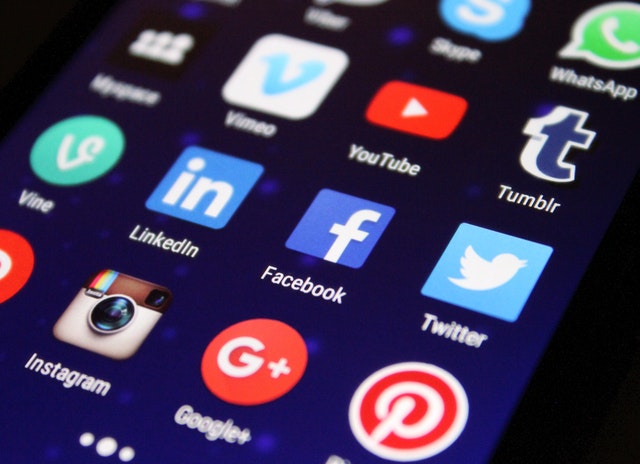
3 examples of brands with an excellent omnichannel strategy
1. Disney
Disney achieves an omnichannel experience down to the smallest detail. We start with a well-maintained website that works well and with a format that is fully adapted to mobile devices.
When, for example, the user books a trip, he can use the My Disney Experience tool to plan the trip, from where they want to dine to getting their Fast Pass. Once they arrive at the park, they can use the mobile app to find the attractions and present their Fast Pass, avoiding queues.
The company has launched the Magic Band, a tool that has several functionalities, such as being a key to the hotel room, photo storage for pictures taken with Disney characters and a platform to order food to the room.
2. Starbucks
Another example of omnichannel is the Starbucks rewards card.
You can use it every time you make a purchase, but unlike other loyalty cards, Starbucks has made it possible to reload the card over the phone, via the web, in-store or on the app. Any changes to the card are updated on all channels in real-time.
For example, you may be in line waiting to order your coffee and see that you don’t have enough money on your card. No problem, from the application and without leaving the queue, you can recharge it through your bank. Both card and bank account will be updated quickly.
✏️ Recommended article: 7 valuable lessons from the most popular business apps
3. Sephora
The beauty-focused company creates an omnichannel experience that connects online shopping and visits to its physical store.
Customers can use tablets in the store to access their Beauty Bag account while shopping.
Through their personal account, they can look up details of items they are interested in and try them virtually. If they like the product, they can add it to their list and complete the purchase through the app.
By integrating its Beauty Bag feature with its in-store communication channel, Sephora can help customers narrow down their choices and keep track of the products they intend to buy.
Conclusion
An omnichannel strategy is crucial in today’s digital world. It allows customers to find you quickly and easily and offer them the best possible experience.
The experts at Yeeply have been working on planning digital marketing strategies for many companies for years. If you are looking for someone to help you manage your marketing plan, let us know. We’ll be happy to help.

